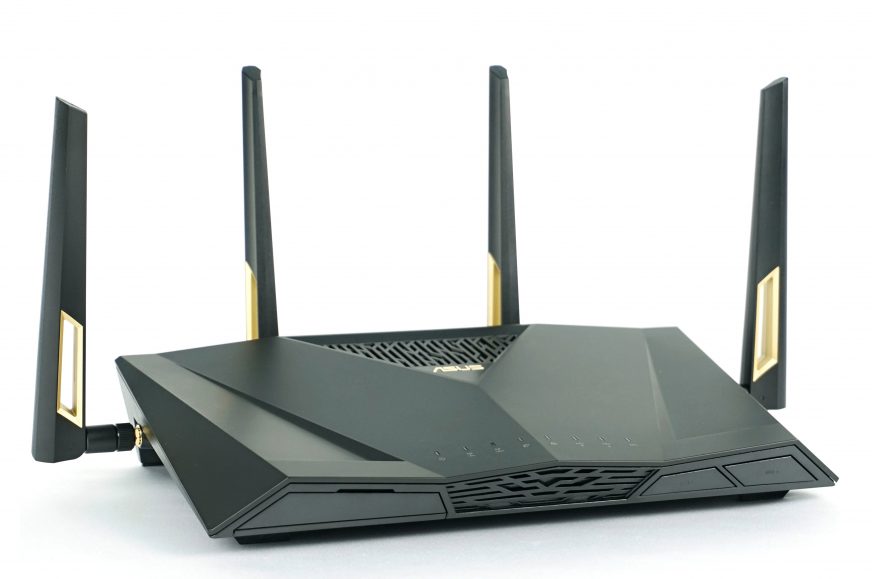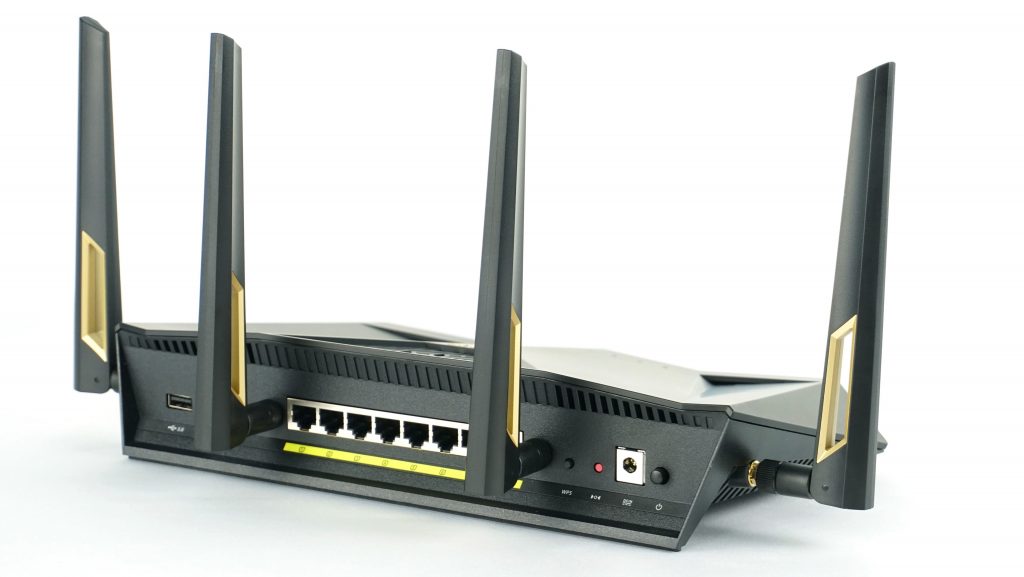Conclusion
We’ve recently brought you a review of an Asus gaming routerwhich attracted attention with RGB backlighting. Today we will look at another router from this company that is unique in another field. This is one of the first WiFi 6 routers or those that support the new 802.11 ax standard. Let’s take a look at what improvements the novelty brings and what real differences you will see compared to 802.11 ac routers used so far.
Conclusion
WiFi 6 is the revolution we definitely needed, especially in a world where more and more people have multiple smart devices and IoT is growing at a dizzying pace. OFDMA, TWT and other technologies that WiFi 6 brings will be essential for our WiFi networks to handle this growth of the number of devices. At the same time, it is more than good that both the 2.4 and 5GHz networks have improved. Especially the 2.4GHz band already needed it, because for about 10 years it did not get any significant improvement. This also applies to the speeds themselves. While at 802.11ac the maximum speed of one antenna and one client was 866 Mbit, now it is up to 1.2 Gbit. As we saw in the tests, the transfer speed on the AX88U is already being held back by 1Gbit LAN ports because the wireless network is faster. We hope that this year we will see the first 10Gbit router from Asus which would solve this drawback.
The router itself, Asus RT-AX88U, is not much to blame. It is an improved version of the AC88U which offers WiFi 6. The main advantages are 8 LAN ports, a pair of USB 3.0 ports and a great web interface and AiMesh for connecting several routers. Yes, the price is high, 350 euros for a top WiFi 6 router is a lot at first sight, but it is definitely a better investment than in the case of the gaming ROG Rapture AC2900 which “only” has extra RGB backlighting. Thanks to the fact that the new router is also compatible with older devices, you do not have to wait with the investment to buy new clients. It is a big investment, but it is an investment in the future.
| Asus RT-AX88U |
| + new WiFi 6 |
| + up to 8 LAN ports |
| + high transfer speeds up to 2 Gb/s in practice |
| + AiMesh and a web interface |
| + high speed transfer via USB |
| - high price |
| - 1Gbit LAN ports slow down transfer, 10Gbit would be highly appreciated... |
English translation and edit by Lukáš Terényi
- Contents
- Packaging and parameters
- WiFi 6 – what does it bring?
- Software – General settings
- Software – Advanced settings
- Software – AiMesh
- Methodology of testing
- Tests results
- Conclusion












